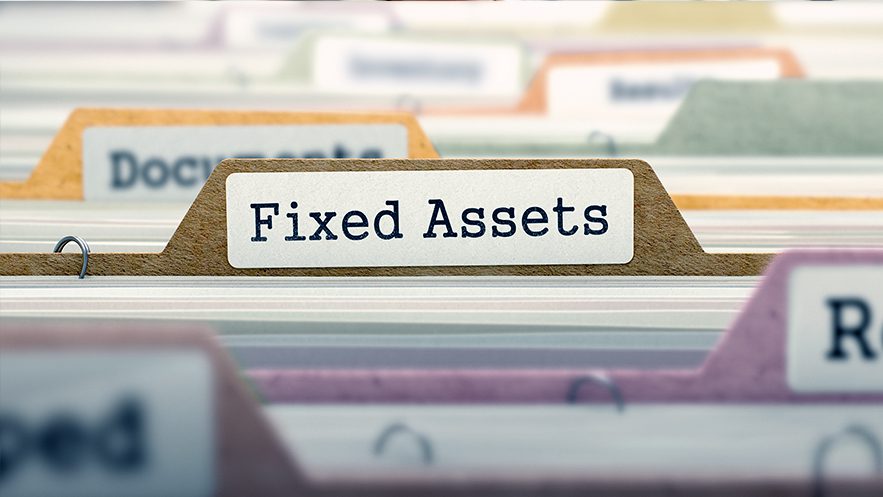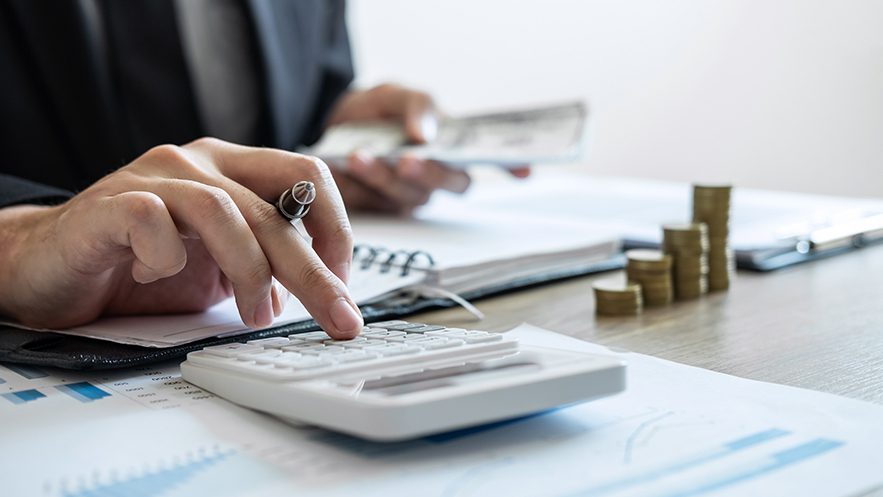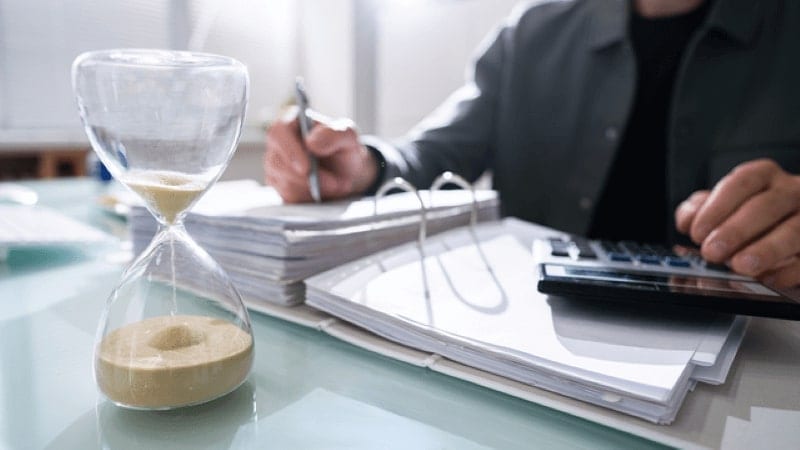2. What are the three types of fixed assets?
3. What are some examples of fixed assets?
4. How do you account for fixed assets?
5. How do you calculate fixed assets?
6. What are the advantages of fixed assets?
7. What are the disadvantages of fixed assets?
8. What is the fixed asset lifecycle?
9. What is the fixed asset turnover ratio?
10. Is it better to lease or buy an asset?
11. Summary
Fixed assets are essential to any business. Without property, plant, and equipment, most companies wouldn’t function or generate any revenue. This article answers the most important questions regarding fixed assets in accounting.
What are fixed assets?
Fixed assets are tangible items or property purchased by a company to use for the production of its goods and services. Unlike current or short-term assets, fixed assets are generally investments an organization plans to hold onto for more than one year. In other words, they are the things you can touch that your business will use for a while.
Fixed asset accounting is the act of keeping records of all financial activities related to fixed assets, such as purchase, depreciation, audits, and disposal.
What are the three types of fixed assets?
Fixed assets are also known as PPE – property, plant, and equipment. These are the three main categories of fixed assets. They are tangible, identifiable, and expected to generate income for over a year.
What are some examples of fixed assets?
Fixed assets are generally grouped into asset categories, such as property, plant, or equipment. Each entity will determine the appropriate asset categories to use based on its operations and what meets its individual needs. Common examples of fixed asset categories include:
- Buildings
- Furniture
- Land
- Machinery
- Office Equipment
- Tools
- Vehicles
Any tangible or physical thing a company purchases and uses for an extended period of time can be a fixed asset. However, not all physical items are fixed assets. A laptop or computer scheduled to be replaced annually, for example, isn’t categorized as a fixed asset because it won’t be used for more than a year.
Many companies also have capitalization policies for fixed assets. A typical policy sets a dollar threshold under which an asset or group of assets are not capitalized. Rather, asset purchases under the specified amount are expensed in the period they are purchased and not recorded as fixed assets.
How do you account for fixed assets?
Fixed assets are recorded to the financial statements when they are purchased. Each asset is added to the general ledger at its purchase price and depreciated over its expected useful life.
Depreciation is the method of accounting for an asset’s decreased value as it is used. The more a resource is depleted over time, the less value it has. Three factors to use when calculating a fixed asset’s depreciation are as follows:
- Useful life: The period when the asset will be beneficial for the company
- Salvage value: The reduced amount a used asset is predicted to sell for
- Depreciation method: The method used to calculate the depreciation of an asset
Typically an organization will use these three factors to establish a month depreciation expense for each asset. The depreciation expense is recorded monthly as a debit to depreciation expense and a credit to accumulated depreciation.
Accumulated depreciation is a contra account that represents the aggregate of all of the depreciation expense recorded for a fixed asset. The value of fixed assets to an entity is the sum of the purchase price and the accumulated depreciation. When an asset is fully depreciated it’s accumulated depreciation will equal its purchase price or its expected salvage value.
Entities generally account for their fixed assets in a fixed asset subledger. The fixed asset subledger tracks critical information for fixed asset accounting and reporting, including:
- Asset category
- Purchase price
- Useful life
- Date placed in service
- Expected salvage value
- Depreciation method
- Accumulated depreciation
- Physical location
- Serial number and/or other identifying information
Accurate financial reporting and more thorough financial analysis is achieved with information about a company’s fixed assets. Your financial accounting isn’t complete without the definite value of your fixed assets. Fixed asset reports are used to help determine the financial health of the business.
How do you calculate fixed assets?
Fixed assets are measured at their acquisition cost less accumulated depreciation, commonly referred to as net fixed assets. To get this metric, start with the purchase price of the fixed asset(s) (plus improvements), also known as the gross fixed asset amount, and deduct the accumulated depreciation.
Formula: Gross fixed assets — accumulated depreciation = net fixed assets
What are the advantages of fixed assets?
Fixed assets are the foundation of any company. For example, a candle company can’t make candles to sell without the equipment necessary to produce the candles. Advantages of fixed assets include:
- Provide long-term income: Fixed assets like machinery and equipment are essential to generating income for an extended period.
- Help operations run: Technological fixed assets, such as computers and software, are essential to running an efficient, modern business.
- Don’t always depreciate: While many fixed assets depreciate over time, not all of them do. Land, for example, can increase in value the longer it is used.
What are the disadvantages of fixed assets?
Your company needs fixed assets, but they have their downsides. The disadvantages of fixed assets include:
- Value depreciation: The majority of fixed assets lose value over time. Vehicles and office equipment begin to wear down after use.
- Large investments: Most fixed assets require a significant upfront expenditure. The long-term investment needs to outweigh the cost.
What is the fixed asset lifecycle?
The fixed asset lifecycle goes from purchasing and placing the asset into service through disposing of the asset because it has reached the end of its usefulness to the entity. The time in between is the routine use and maintenance of the asset but can also include enhancements and improvements or repairs. Fixed assets can also be sold to other entities or transferred between locations or departments as their usage or business needs evolve.
Fixed assets have their limitations. Asset lifecycle management is the process of planning, purchasing, using, maintaining, and disposing of tangible assets. Managing your fixed assets is critical to optimizing their usability. With proper upkeep, your organization can reduce costs and increase productivity.
What is the fixed asset turnover ratio?
The fixed asset turnover ratio measures how efficient a company is at using its fixed assets to generate income. Is an entity using all owned equipment effectively? Do their fixed assets help produce sales? This calculation can be analyzed with other metrics to gain insight into the success of the business.
The formula to determine fixed asset turnover is:
Fixed Asset Turnover = Net Sales / Average Fixed Assets
Is it better to lease or buy an asset?
Organizations often wonder whether it’s better to lease, also known as rent, or buy an asset for their business. With either property or equipment, a purchase leads to the asset being recorded on the balance sheet as a fixed asset and depreciated over time rather than making recurring payments. Read this article about the advantages and disadvantages of leasing an asset.
Summary
It’s important to have a comprehensive understanding of fixed assets accounted for. This article covered the top questions we see regarding fixed assets. Are you wondering if it’s better to lease or buy an asset? Use LeaseQuery’s Lease vs Buy Calculator to help make the decision for your organization.







